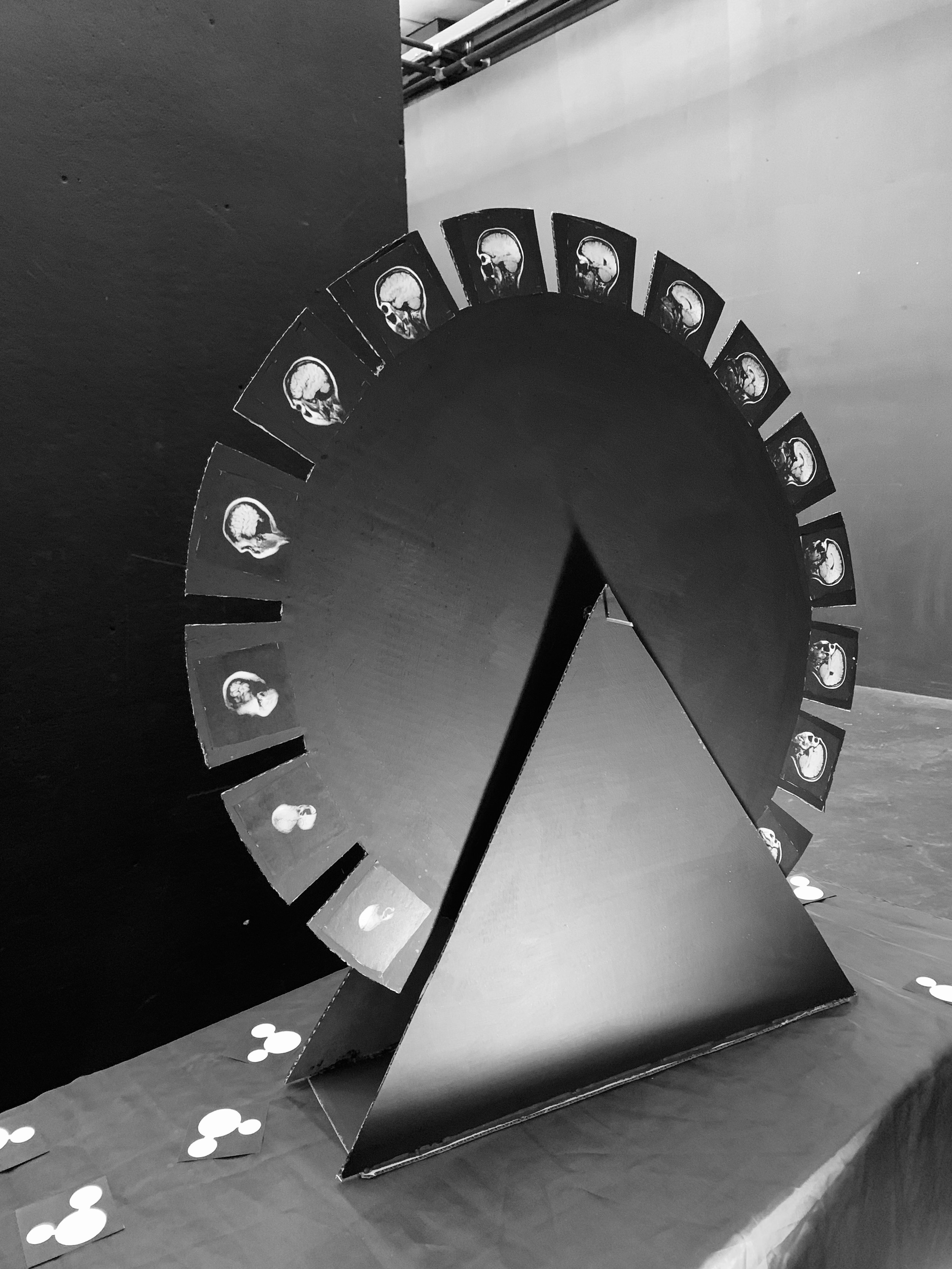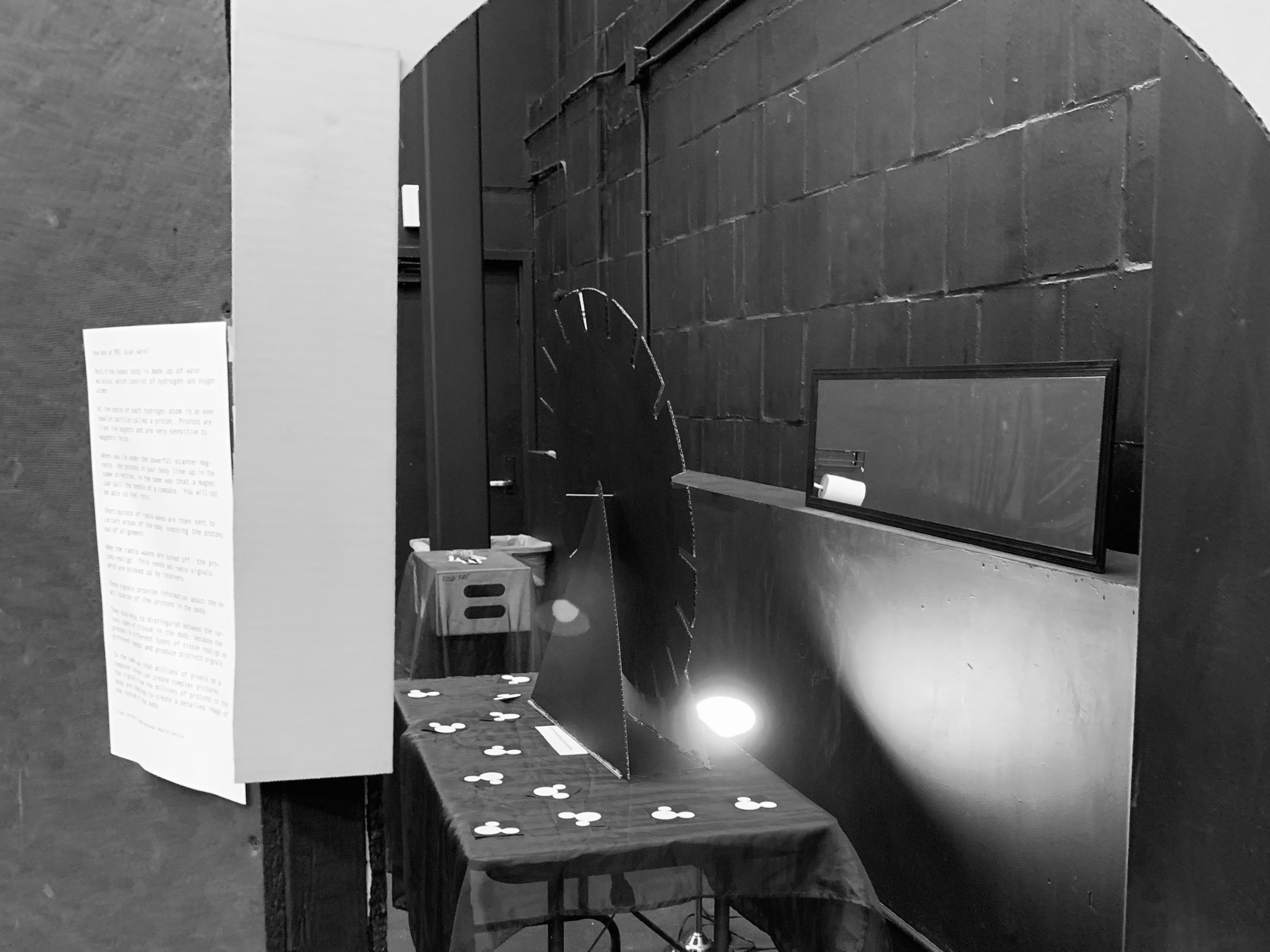
Conceptual exploration and material research into glass as a transparent and a solid, along with the human body as a surface and a membrane.
Material Explorations
It in RISD’s glass studio, I used hot casting methods to mix glass with organic materials, such as baking soda or fungal spores, in order to try and create opaque projection surfaces. The results were wildly different, but did much to inform my exploration of glass, projection, and the body.
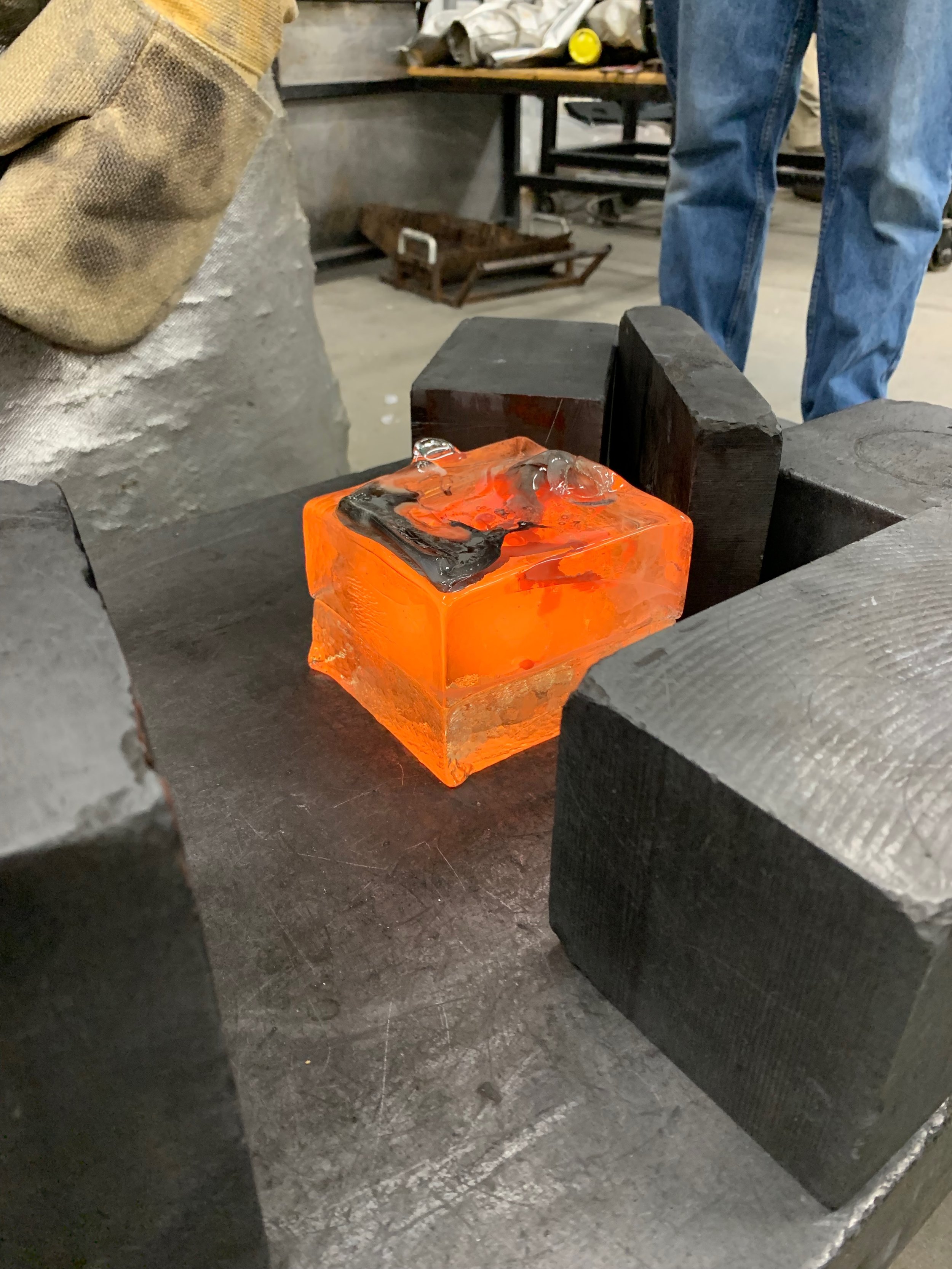
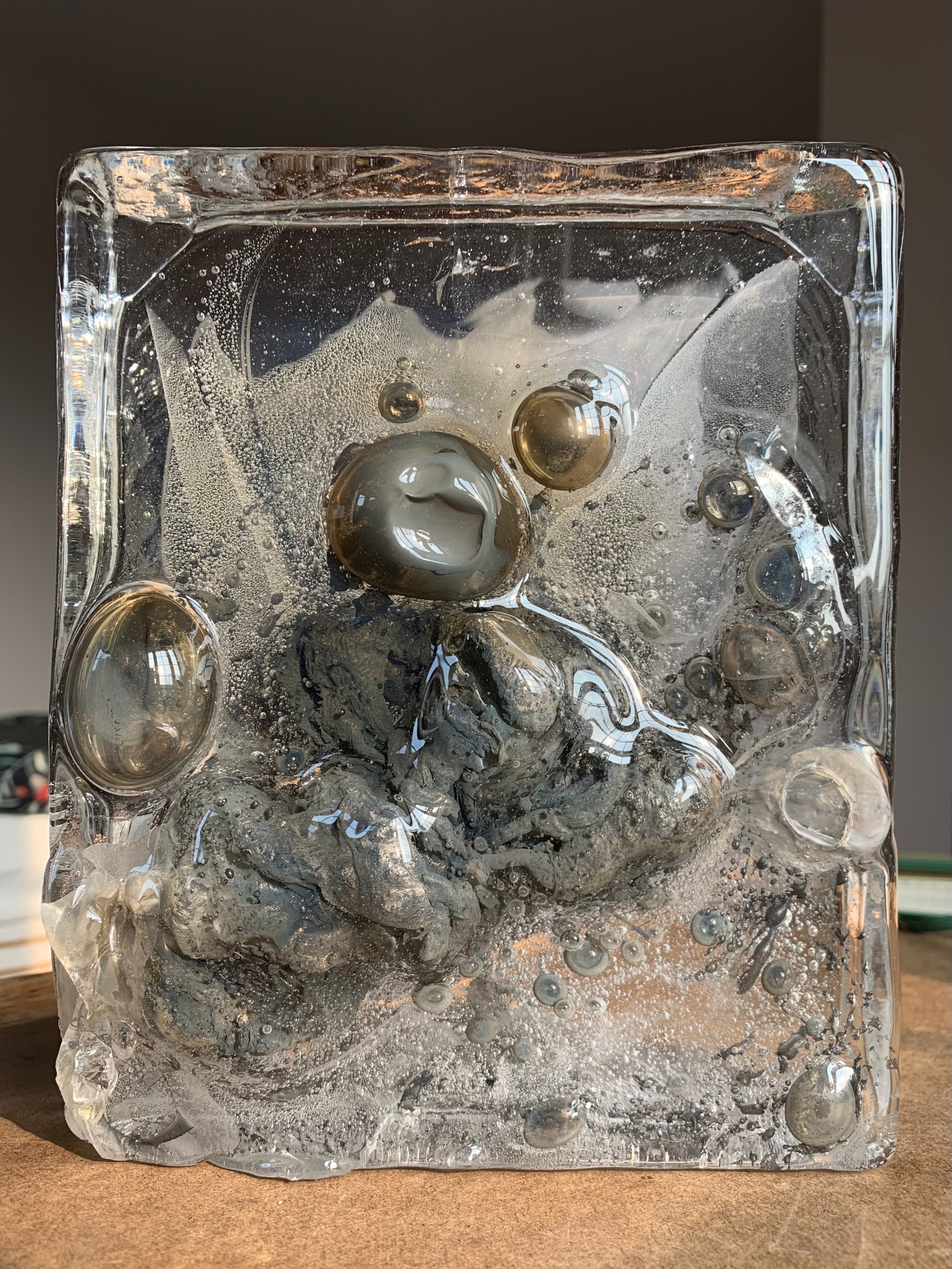
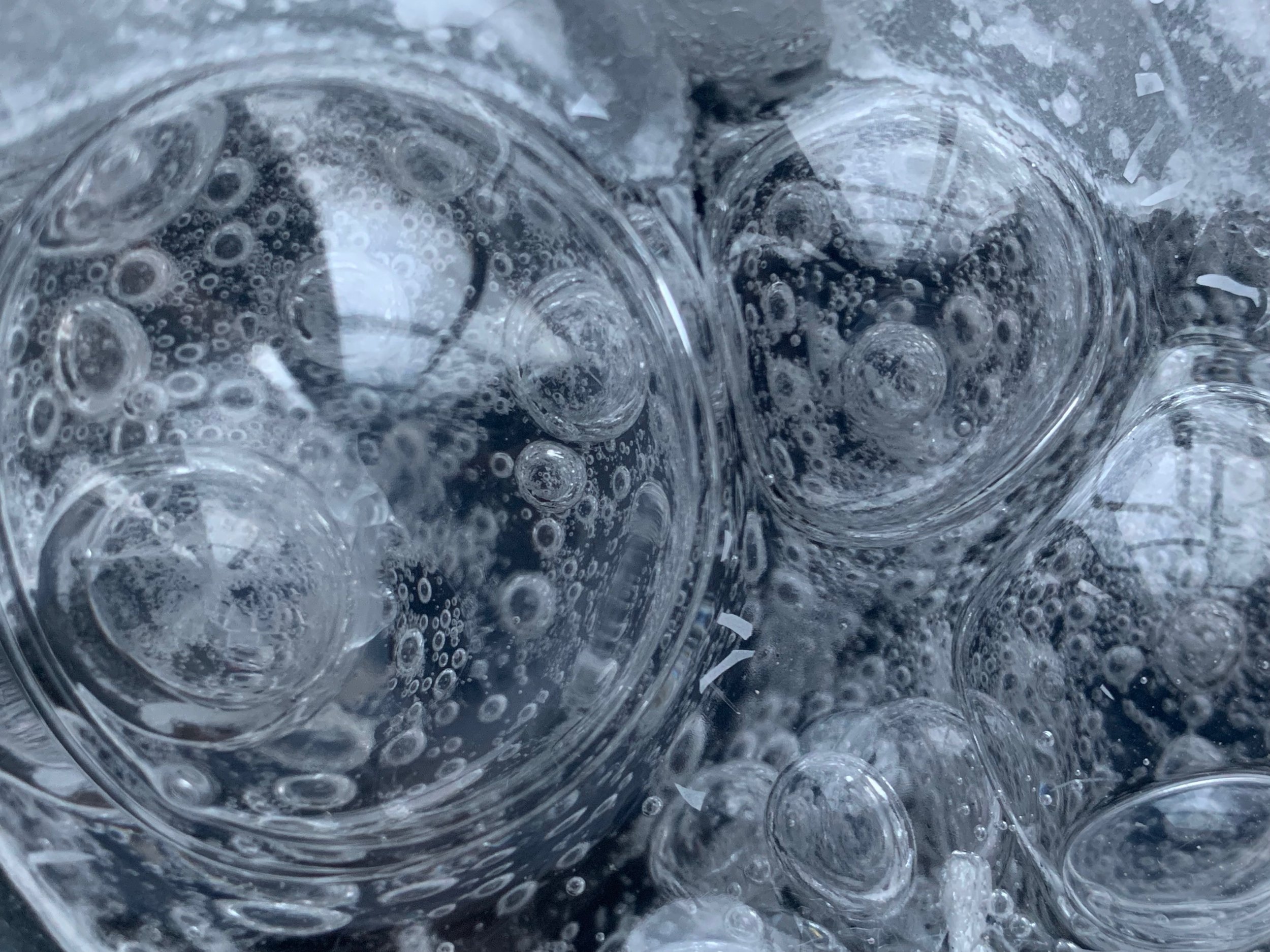
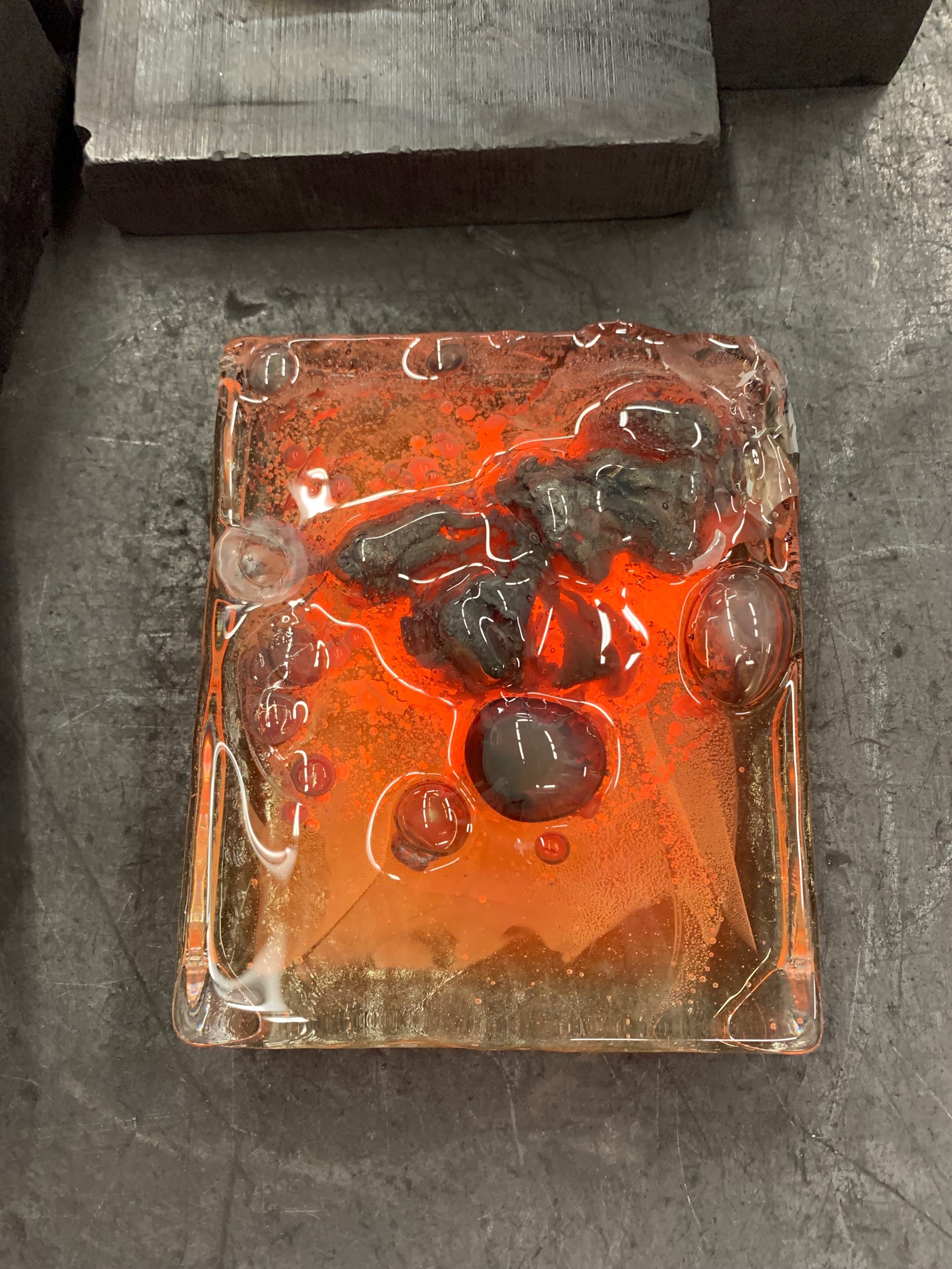
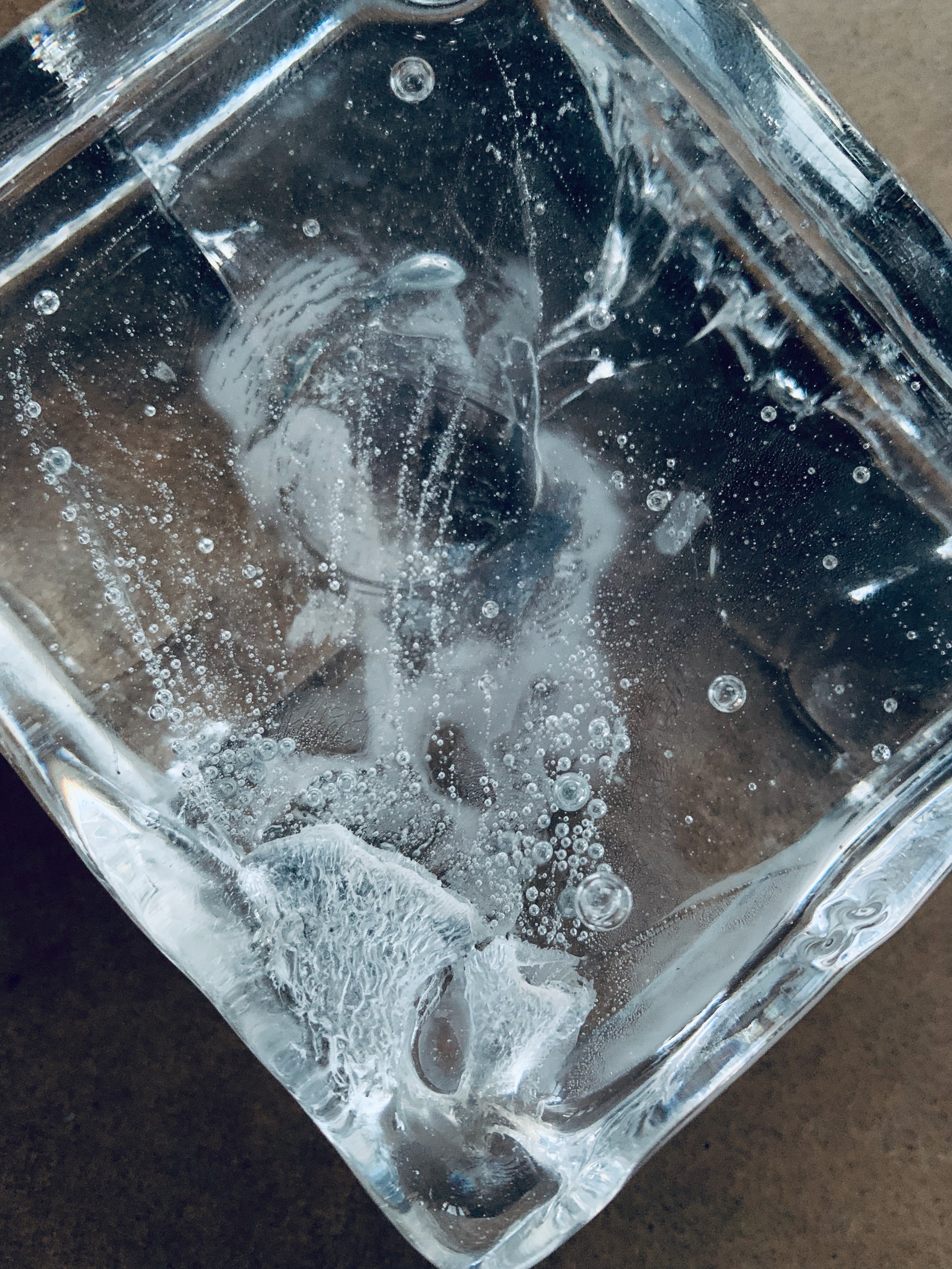
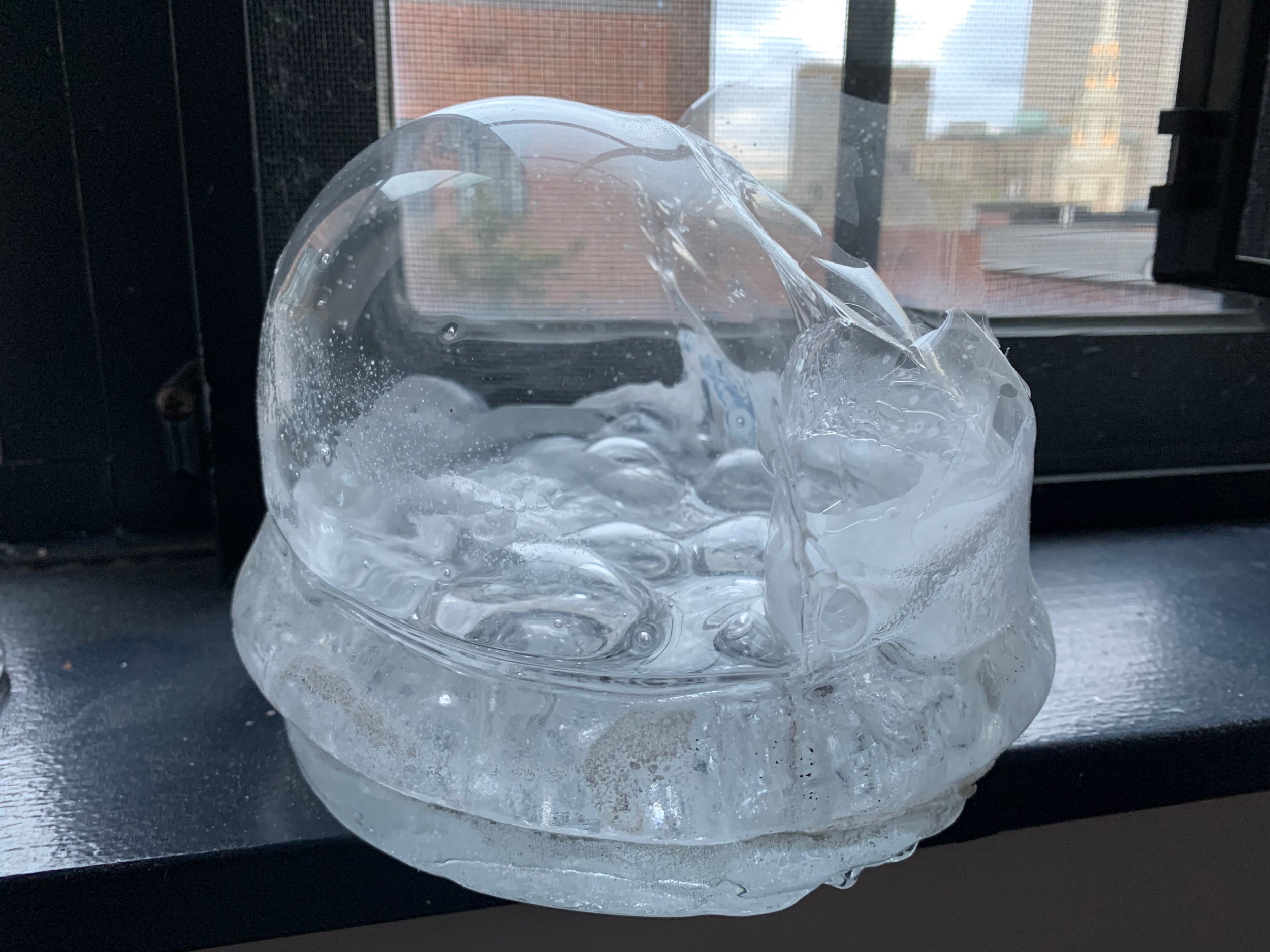
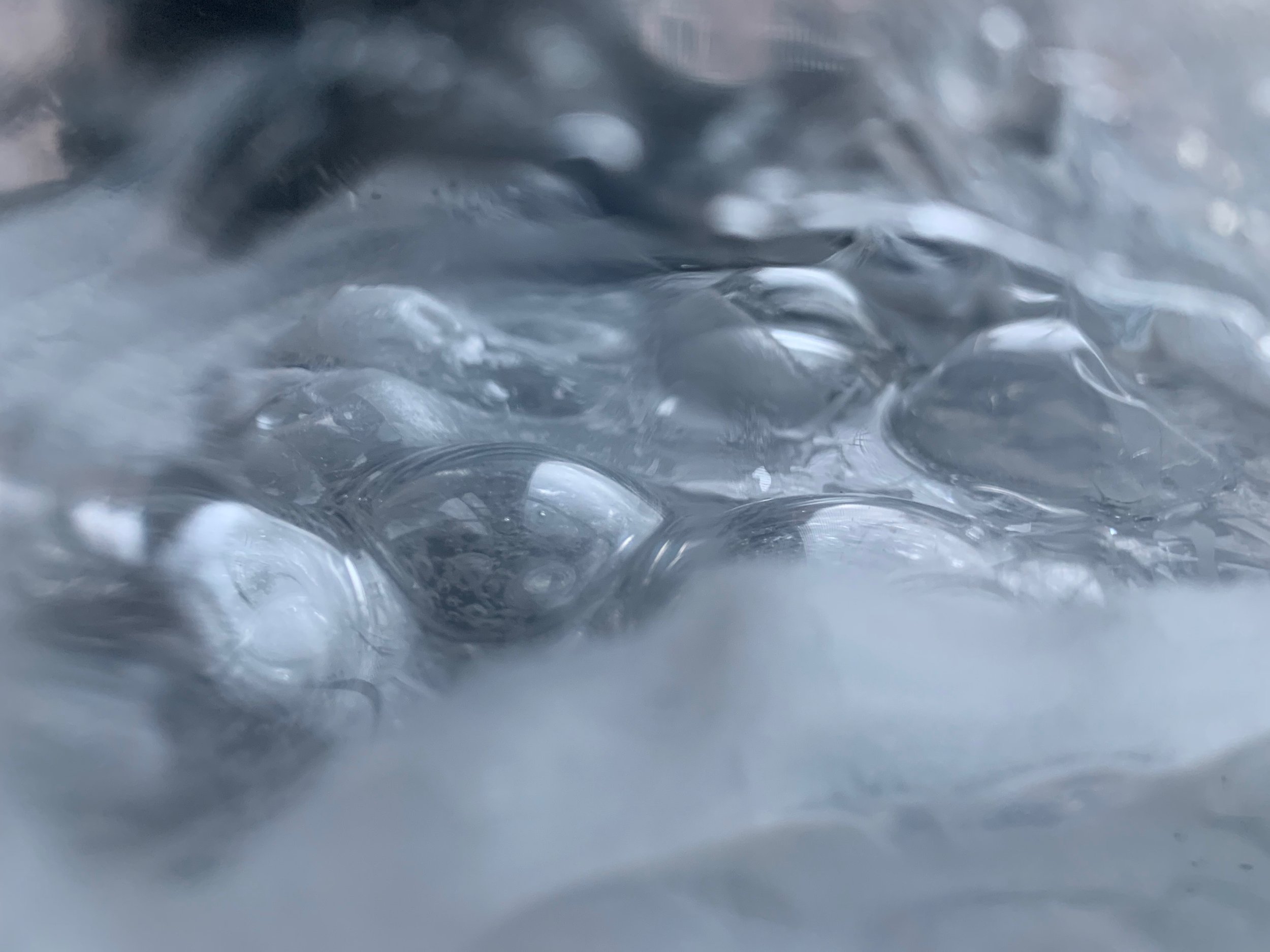
Research & Synthesis
I used video to express findings and takeaways from my research into light waves, particle physics, vibrational mechanics, and anatomical imaging devices. The results covered a wide range of solids, lenses, and light forms, such as blown glass, ice crystals, and projection mapping.
Experiments in Emotional Imaging
Using projection and performance, I created an experience where audience members could stand behind a paper projection of their full-length body, and interact with in a way that expressed something about their body and their emotions. There was no prompt and no preparation - everyone who participated ended up revealing to themselves, and to the audience, an emotion that they were physically experiencing, and using the projection to “work through it.”
Interactive MRI Installation
I created a walk-in installation space where, at the core, audience members encountered a phenakistiscope with MRI imagery of my brain. Phenakistiscopes only work when the eye experiences image breaks by looking in a mirror, so audience members would have to look at themselves to witness the MRI illusion, casting someone else’s brain over their own heads. The flickering imagery, their own reflection, and the full-body movement required to power the device combined to make a tactile, anatomical specter.
There was also scientific text about how MRI scans work, likening the process to water and glass. Other aspects, such as the sounds of an MRI, anatomical imagery layered with hand-cast glass lenses, and salt lamps were also found in the installation.
